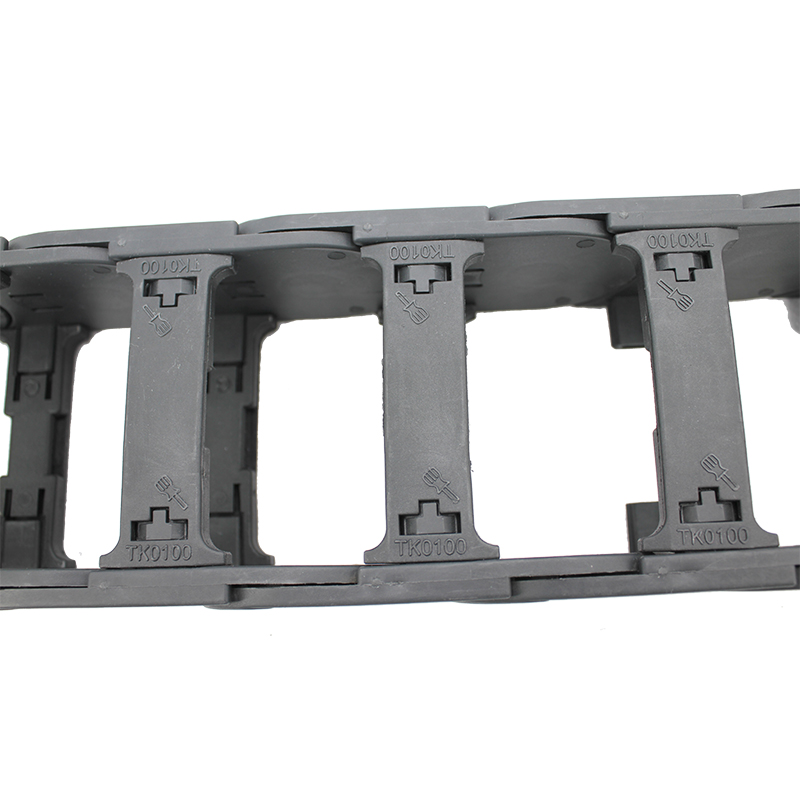Understanding the Functionality and Applications of Synchronous Pulleys in Mechanical Systems
Understanding Synchronous Pulleys A Comprehensive Guide
Synchronous pulleys are a critical component in mechanical systems that require reliable transmission of power. Unlike traditional pulleys, which may operate on friction, synchronous pulleys rely on a positive engagement between the belt and the pulley teeth. This unique design allows for precise movement, reduced slippage, and improved timing in various applications ranging from automotive engines to industrial machinery.
Structure and Function
At the core of a synchronous pulley system is the toothed belt, which meshes with the teeth of the pulley, ensuring that rotation between the two components is synced accurately. The teeth on both the belt and the pulleys are designed to fit together perfectly, allowing for synchronous movement. This design not only enhances precision but also minimizes losses due to slippage, making it a preferred choice for applications that demand high levels of accuracy.
The materials used in the construction of synchronous pulleys are crucial for their performance. They are often manufactured from durable materials such as aluminum, steel, or reinforced plastics, which provide strength and resilience against wear and tear. The surface of the pulleys is often treated to reduce friction and enhance longevity, contributing to the overall efficiency of the system.
Advantages of Synchronous Pulleys
1. Precision Timing The most significant advantage of synchronous pulleys is their ability to maintain precise timing between rotating components. This is particularly important in applications such as automotive engines, where the timing of the camshaft and crankshaft must be synchronized to ensure optimal performance.
2. Reduced Slippage Traditional belt systems can experience slippage, leading to inconsistencies in performance. Synchronous pulleys minimize this risk by ensuring that the belt is positively engaged with the pulley, allowing for smooth and consistent transmission of power.
synchronous pulley

3. Higher Efficiency The design of synchronous pulleys allows for more efficient power transmission. With reduced friction and slippage, systems can operate at higher speeds and with greater load capacity, ultimately leading to enhanced productivity in industrial applications.
4. Less Noise Compared to standard belt-drive systems, synchronous pulleys tend to produce less noise during operation. This is particularly advantageous in applications where noise reduction is essential for maintaining a conducive working environment.
5. Longevity Synchronous pulleys and their associated belts are often designed for extended service life. The materials used and the reduced wear due to improved engagement contribute to their durability, which can result in lower maintenance costs over time.
Applications
Synchronous pulleys are used across various industries, including automotive, aerospace, manufacturing, and robotics. In automotive applications, they are typically employed in timing belts that control the operation of the engine's camshaft and crankshaft. In manufacturing, synchronous pulleys are incorporated into conveyor systems that require accurate movement of materials. Robotics applications benefit from the precision and reliability of these systems when exact positioning is critical.
Conclusion
In conclusion, synchronous pulleys play an essential role in modern mechanical systems. Their ability to provide precise timing, reduced slippage, and increased efficiency makes them a valuable choice for numerous applications. Whether in engines, manufacturing equipment, or robotics, synchronous pulleys contribute significantly to the functionality and reliability of these systems. As technology continues to evolve, the development and refinement of synchronous pulley designs will likely lead to even more efficient and advanced applications, solidifying their place as a cornerstone of mechanical engineering. Understanding the intricacies of synchronous pulley systems can unlock new possibilities for innovation in engineering and manufacturing processes.








